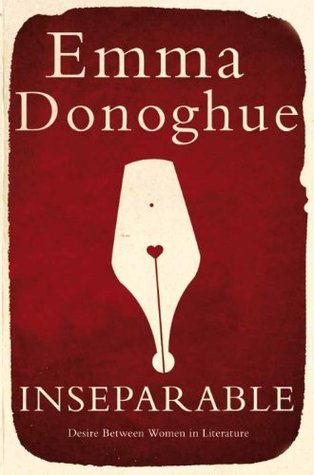What do you think?
Rate this book


285 pages, Kindle Edition
First published January 1, 2010
My focus on plot means I leave out some prose classics such as ... as well as most poetry ... Outside of English and French I have only been able to read what I have found in translation.
• first, although donoghue mentions that one of the works she discusses is read by some as more of a "trans book" (and she explicitly uses the words trans and transgender) than a [cis] "lesbian book," leading the reader to infer that she is at least aware that trans people exist, there are a LOT of works mentioned herein that I think would benefit from a similar reading that donoghue sort of eschews or overlooks. indeed, there are characters mentioned who are insistently called women by donoghue when it is entirely unclear as to whether or not the characters would describe themselves in such a manner. although to a certain extent I appreciated how this book made clear how externally and temporally imposed particular labels are, and how I find the solidarity, similarity, blur, and overlap between the experiences of cis lesbians, nonbinary or otherwise "other-gender" people, and trans men both personally very comforting and more broadly something really beautiful to be celebrated, I was also like lol okay, emma, you could have at least made some kind of disclaimer a little more explicitly about blah blah blah women something gender something blah blah blah.
• second, and this makes sense as donoghue explicitly focuses on 'western' literature (most of the works mentioned are english or french), but this is a very white work. again, donoghue has explicitly named her focuses, and she does acknowledge issues of race when they arise (the ways in which certain multiracial characters' race affects others' perception of them, the grotesque treatment of henrika in allen's wife, etc), but I think the thing that I found most jarring was when there was a picture of some suffragettes and it was just like oh yeah they earned the right to vote for women, end of. uh. okay.